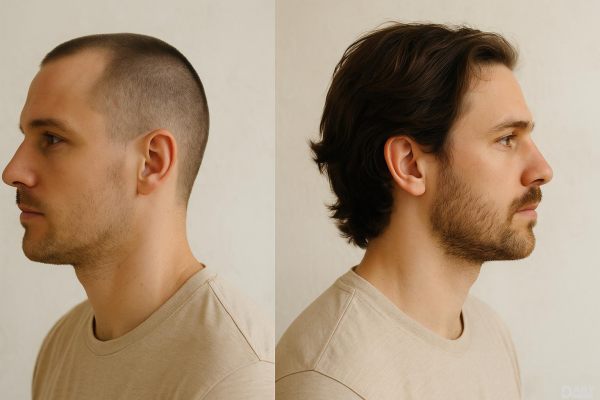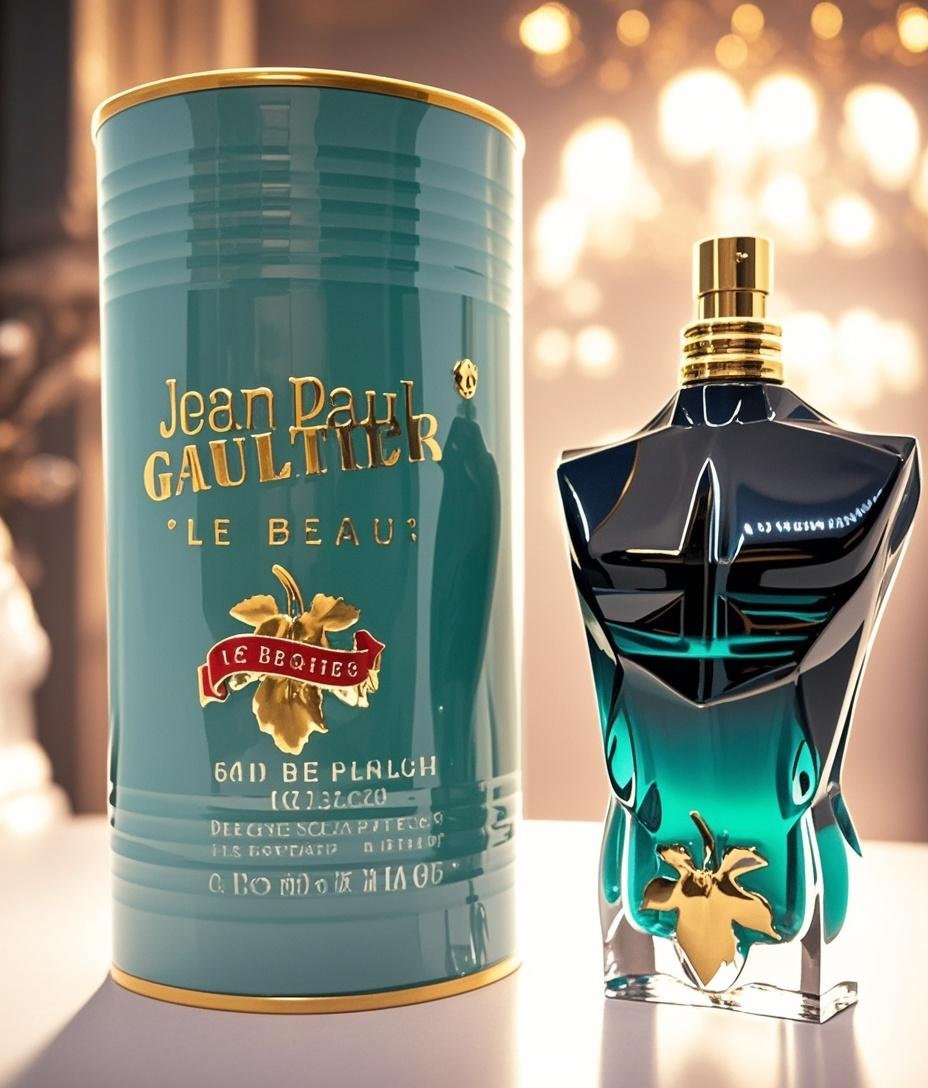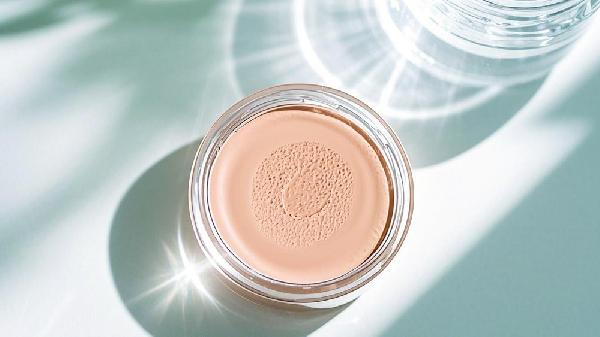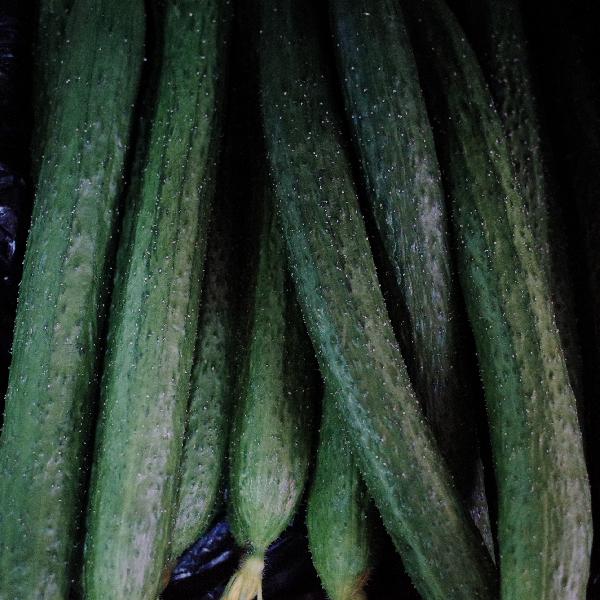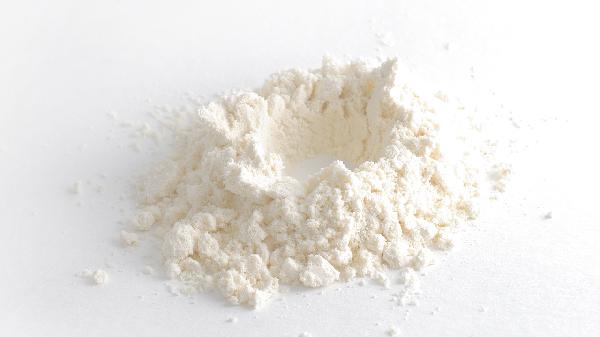If your hair feels like straw or looks duller than a cloudy day, you're not alone—dry and damaged hair is a common struggle. But before you throw in the towel (or the hairbrush), know this: the right conditioning routine can bring your locks back to life. The secret isn’t just slathering on any conditioner; it’s about understanding your hair’s needs and giving it the TLC it craves. Let’s break down how to turn your parched strands into shiny, healthy hair without resorting to extreme measures.
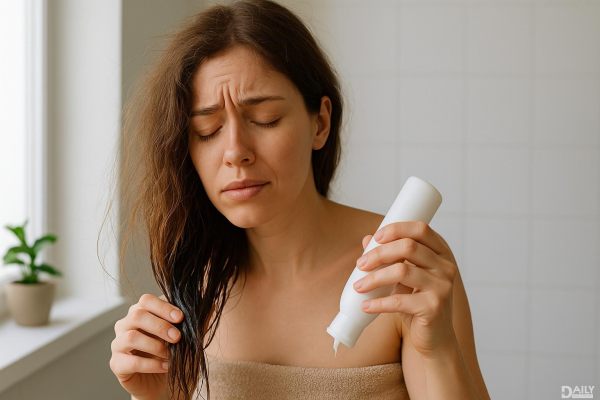
Dry hair isn’t just about skipping conditioner—it’s often a combo of external aggressors and internal neglect. Heat styling, chemical treatments, hard water, and even the weather can strip your hair of moisture. On top of that, if you’re using the wrong products (looking at you, sulfate-heavy shampoos), you might as well be pouring salt on the wound. Damaged hair, meanwhile, usually comes from breakage due to rough handling, excessive brushing, or over-processing. The good news? Both dryness and damage can be reversed with the right hydration strategy.
Not all conditioners are created equal. Rinse-out conditioners are your everyday heroes—they smooth the hair cuticle and add lightweight moisture. Leave-ins are perfect for extra protection, especially if you heat-style often. And deep conditioners? They’re the heavy lifters, packed with nourishing ingredients like shea butter, argan oil, or keratin to repair serious damage. The trick is knowing when to use each. If your hair is fine, a heavy deep conditioner might weigh it down, while thick, coarse hair might need that extra dose of hydration.
Here’s where most people go wrong—they either glob on conditioner from root to tip or rinse it out too fast. For best results, focus on mid-lengths to ends (your roots produce natural oils, so they don’t need as much help). Gently work the product through with your fingers or a wide-tooth comb, then let it sit for at least 2-3 minutes. If you’re deep conditioning, wrap your hair in a warm towel to help the product penetrate. And please, don’t rinse with scalding hot water—lukewarm is your friend to seal in moisture.
Not all conditioners are packed with the good stuff. Look for hydrating heroes like hyaluronic acid, glycerin, and natural oils (coconut, jojoba, and avocado are top-tier). Protein-rich ingredients like hydrolyzed wheat or silk can help repair damage, but too much protein can make hair brittle—balance is key. On the flip side, steer clear of silicones (they can build up and block moisture) and alcohols like isopropyl, which can be drying. If your hair feels worse after conditioning, check the label—you might be using the wrong formula.
If your hair is seriously struggling, a basic conditioner might not cut it. Try pre-shampooing with an oil treatment (coconut or olive oil work wonders) to prevent moisture loss during washing. Swap your regular towel for a microfiber one—it’s gentler on fragile strands. And if you bleach or heat-style often, a weekly hair mask is non-negotiable. For extreme damage, consider a bond-repair treatment like Olaplex or K18 to rebuild broken hair structure from the inside out.
Reviving dry or damaged hair isn’t an overnight fix, but with the right conditioning routine, you’ll start seeing—and feeling—the difference. Ditch the quick fixes, listen to your hair’s needs, and give it the hydration it deserves. Before you know it, you’ll have locks so shiny, you’ll need sunglasses just to look in the mirror.

